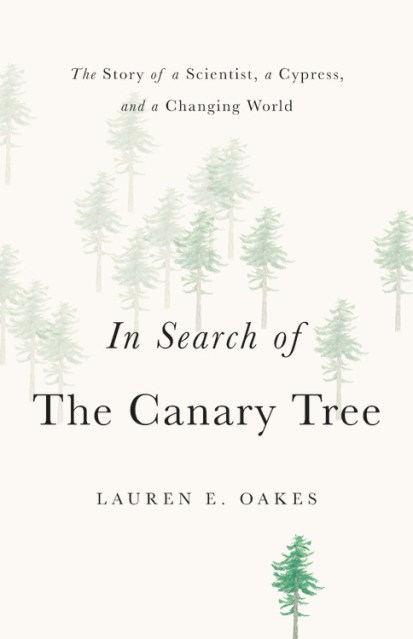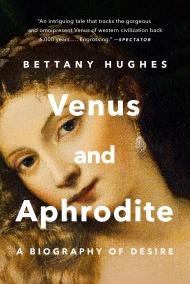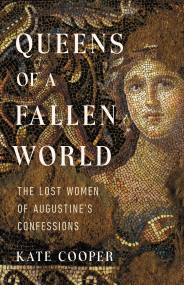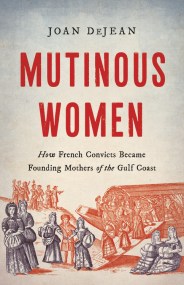Promotion
Sign up for our newsletters to receive 20% off! Shop now. Exclusions apply.
By clicking “Accept,” you agree to the use of cookies and similar technologies on your device as set forth in our Cookie Policy and our Privacy Policy. Please note that certain cookies are essential for this website to function properly and do not require user consent to be deployed.
In Search of the Canary Tree
The Story of a Scientist, a Cypress, and a Changing World
Contributors
Formats and Prices
Price
$27.00Price
$34.00 CADFormat
Format:
- Hardcover $27.00 $34.00 CAD
- ebook $16.99 $21.99 CAD
- Audiobook Download (Unabridged)
This item is a preorder. Your payment method will be charged immediately, and the product is expected to ship on or around November 27, 2018. This date is subject to change due to shipping delays beyond our control.
Also available from:
Several years ago, ecologist Lauren E. Oakes set out from California for Alaska’s old-growth forests to hunt for a dying tree: the yellow-cedar. With climate change as the culprit, the death of this species meant loss for many Alaskans. Oakes and her research team wanted to chronicle how plants and people could cope with their rapidly changing world. Amidst the standing dead, she discovered the resiliency of forgotten forests, flourishing again in the wake of destruction, and a diverse community of people who persevered to create new relationships with the emerging environment. Eloquent, insightful, and deeply heartening, In Search of the Canary Tree is a case for hope in a warming world.
-
A finalist for the 2019 National Academies of Science, Medicine, and Engineering Communication Award
One of Science Friday's "Best Science Books of 2018"
One of Buzzfeed's "Best Books of 2018"
A Chicago Review of Books Pick for "Best Nature Writing of 2018"
Second Prize, Society of Environmental Journalists' Rachel Carson Environmental Book Award, 2019
-
"This tale weaves together strands of science, human struggles, philosophy and the quest for a life of meaning and resilience in the face of climate change."Society of Environmental Journalists award citation
-
"Oakes is as meticulous with her writing as she is with her science...Compelling...One of the rare books that captures the reality of the fieldwork experience."Science
-
"Beautiful, bracing, and even heartening. Oakes is a conservation scientist studying the imperiled yellow cedars of Alaska and her research leads her to ponder resilience in profound ways, from natural adaptation to human determination."Science Friday
-
"Oakes can really write. She weaves her musings about humans' place in a warming world together with conservation science in a moving and effective way...A terrific book. Its message rings out clearly."NPR
-
"In Search of the Canary Tree is an effort to push past the vulnerability, fear and helplessness that many--scientists included--feel in the face of climate change. The book shows, through both the data and more philosophical arguments, that we too can both change and adapt, and perhaps ultimately survive a changing climate."Los Angeles Times
-
"Oakes brings the gift of personal perspective, memoir, and hope in the face of loss to her story of studying yellow-cedar tree decline off the coast of Alaska."American Scientist
-
"Part memoir, part adventure yarn...An exploration of the shear zone between the frontier and civilization, wilderness and society: despite our yearning for the former, we've disrupted and abused it."Outside
-
"Magnificent...Engaging and galvanizing, In Search of the Canary Tree is about more than a rare tree -- it's about nature's (and humanity's) capacity for resilience in a changing world."Shelf Awareness (starred review)
-
"A moving behind-the-scenes glimpse into the development of a young scientist as she searches for meaning and resilience in the face of great personal and global challenges."Forbes
-
"Oakes makes the effects of climate change tangible...It is an achievement that a memoir standing in the melancholy shadow of climate change can leave the reader invigorated with optimism and faith in the future."Open Letters Review
-
"The book's elegiac descriptions and drawn illustrations of the dying trees are as enchanting as they are heartbreaking... With vivid imagery and deft narration of the rigorous scientific protocols that go into an ecological study of such magnitude, Oakes gives us a deeply personal account of the weeks she and her team spent sampling the graveyard forests of Alaska."Cooper Square Review
-
"Oakes traces the slow death of the yellow cedar, alternatively known as the yellow cypress, in this significant ecological study...Oakes admirably melds the professional with the highly personal, ultimately delivering a work of sensitivity and philosophical grace."Publishers Weekly
-
"Unique...Oakes has special appeal as a compelling new voice in science writing, and readers interested in trees, forests, ecology, and environmental issues will enjoy her intriguing work."Booklist
-
"A gnawing tension...runs throughout the narrative...This engaging memoir quietly builds to a poignant question: What can a threatened tree tell us about our own survival on an overheating planet?"Library Journal
-
"Oakes is deeply concerned about what climate change--of which the decline of the yellow-cedar is but one marker--will mean in her lifetime and in the more distant future. How will we continue to adapt in the face of frightening changes? The canary-in-the-coal-mine image is a powerful one, and this book carries a potent message sure to resonate with conservationists."Kirkus
-
"Lauren E. Oakes writes from the vantage point of the next generation. As a conservation scientist, she has written a climate change memoir; as a daughter, she has written a chronicle of love and loss. The intersection of both stories creates a narrative of gravity and grace through the vulnerability of Yellow-cedars. Here is a new writer with faith and stamina who dares to not look away. This is a book of courage that celebrates the sustaining power of community, both human and wild."Terry Tempest Williams, author of The Hour of Land
-
"We live in a moment of loss, and we are obligated not only to try and stop it, but to find the instances of resilience that can help us cope with that great tragedy. This book rises to the occasion!"Bill McKibben, author of The End of Nature
-
"In a warming world, we need wisdom as well as knowledge; In Search of the Canary Tree is a rich source of both. Join Lauren Oakes in the fragile yellow-cedar forests of Alaska and discover not only how field ecologists do their work, but why."Dan Fagin, Pulitzer Prize-winning author of Toms River
-
"Lauren Oakes went to Alaska to gather data on an apocalyptic paradox: ancient trees freezing to death from a warming climate. Unofficially, she was searching for hope. She returned with both--and the result is this eye-opening, yet optimistic, book."Jordan Fisher Smith, author of Engineering Eden
-
"Through the lens of a majestic tree, Oakes tells a powerful, nuanced story of climate change and our response to it. Deftly crossing boundaries from the scientific to the personal and from the measurable to the immeasurable, she takes the reader on an extraordinary adventure from despair to faith. This book is a must-read for anyone looking for optimism about the future of our changing planet."Juli Berwald, author of Spineless: The Science of Jellyfish and the Art of Growing a Backbone
- On Sale
- Nov 27, 2018
- Page Count
- 288 pages
- Publisher
- Basic Books
- ISBN-13
- 9781541697126
Newsletter Signup
By clicking ‘Sign Up,’ I acknowledge that I have read and agree to Hachette Book Group’s Privacy Policy and Terms of Use







